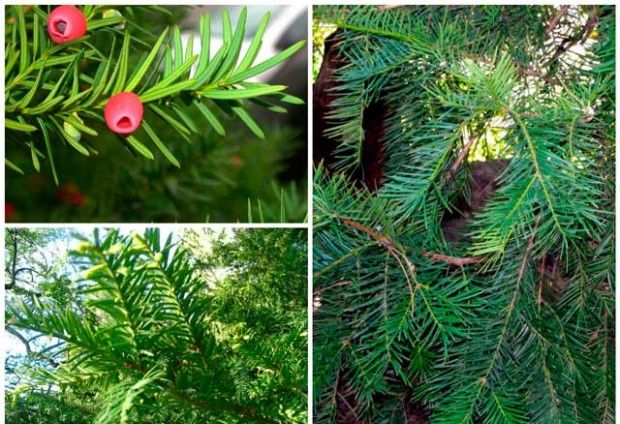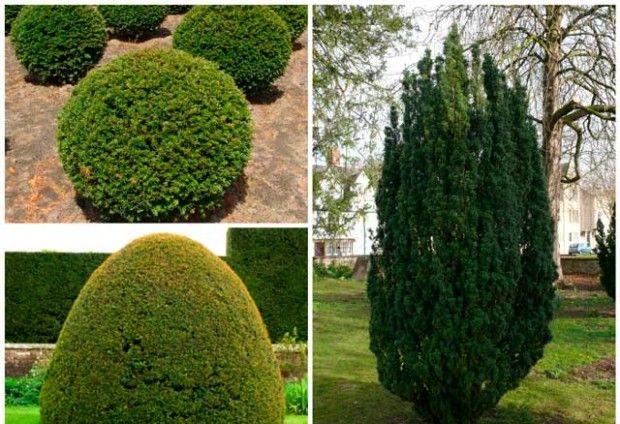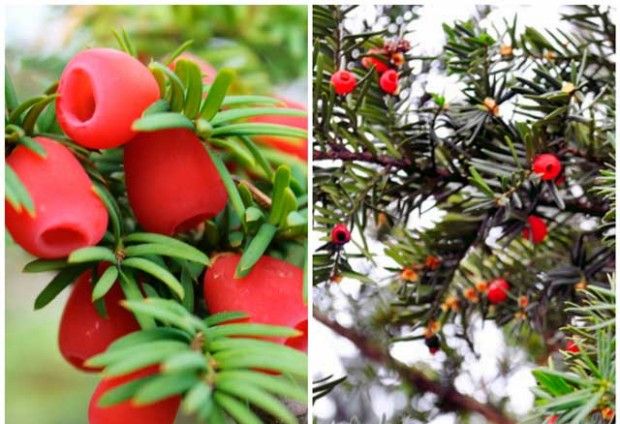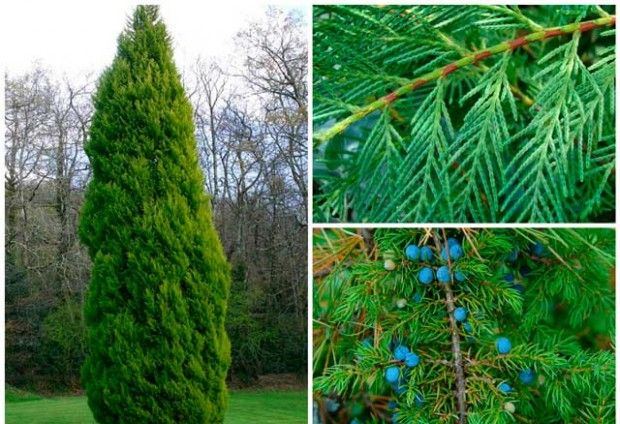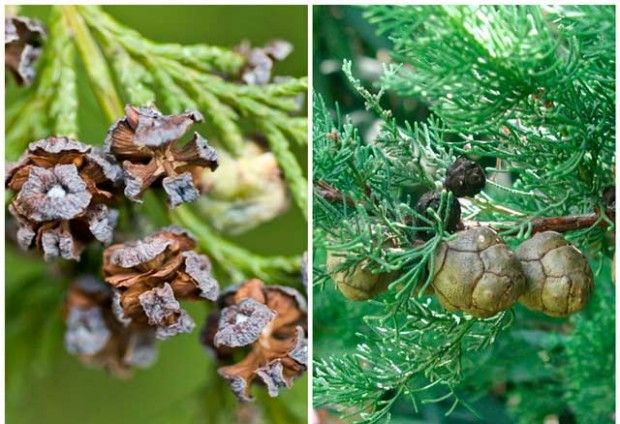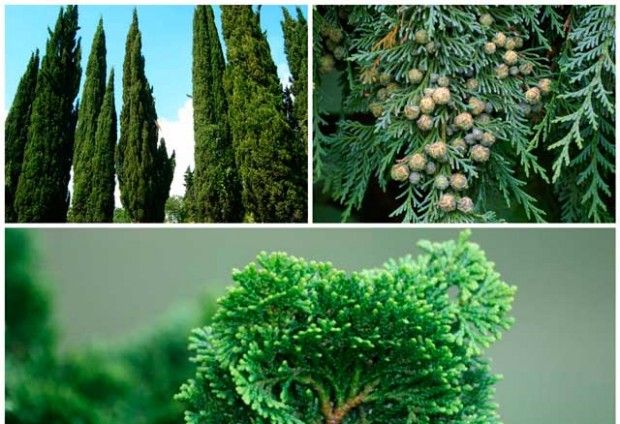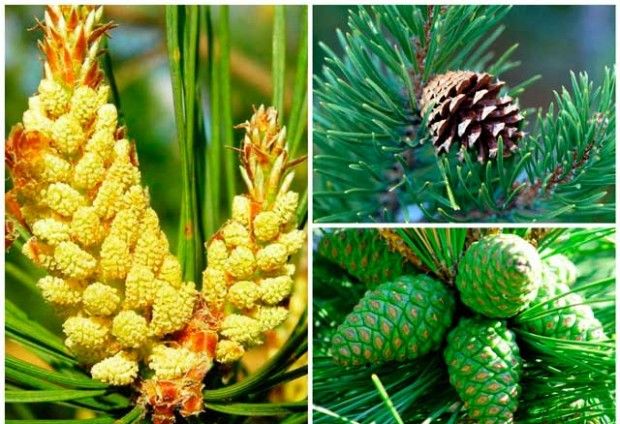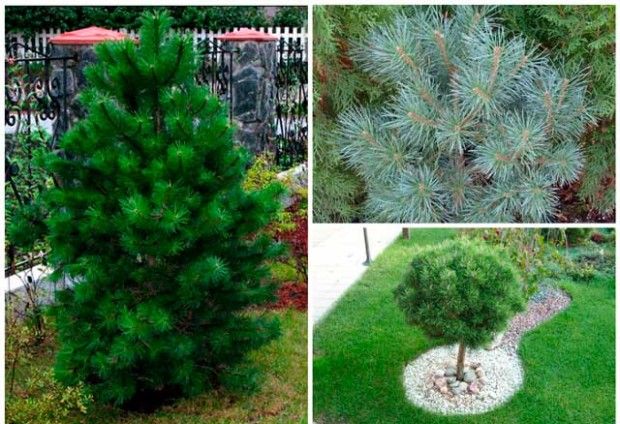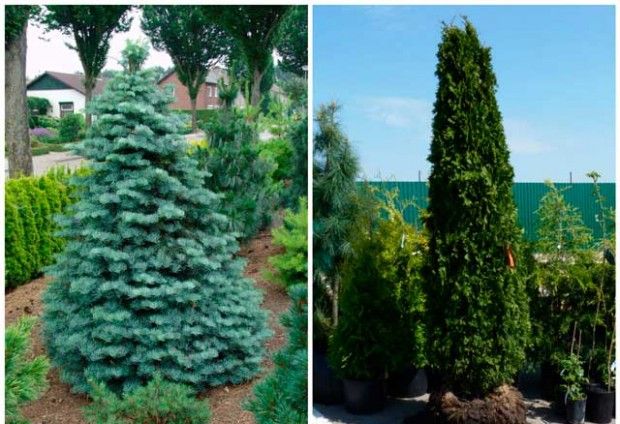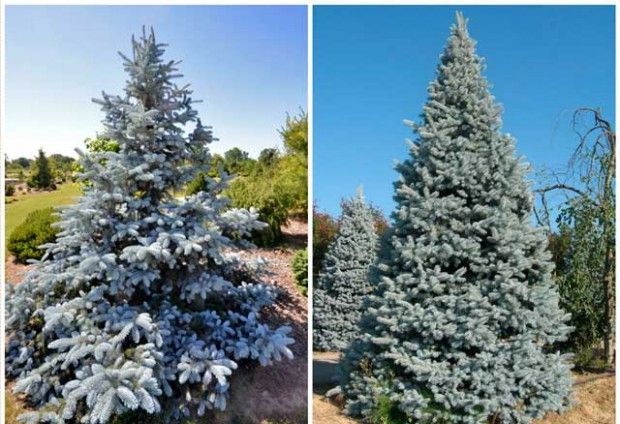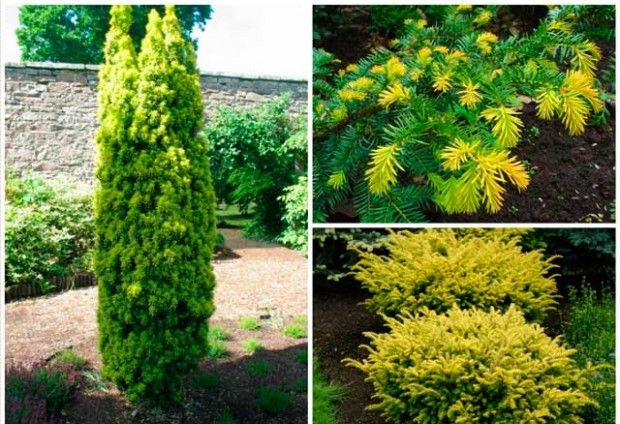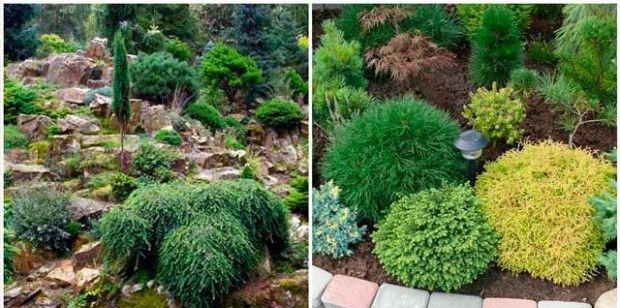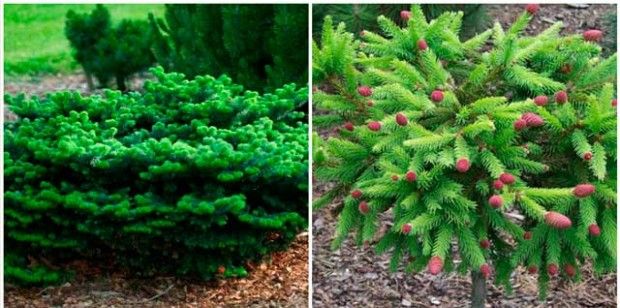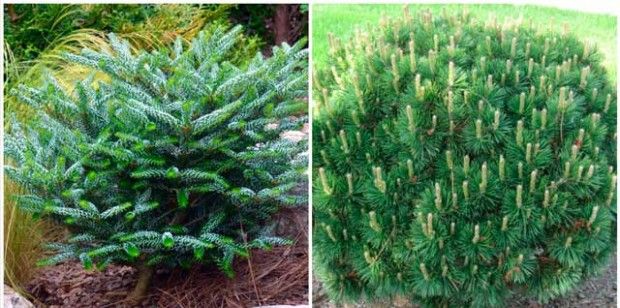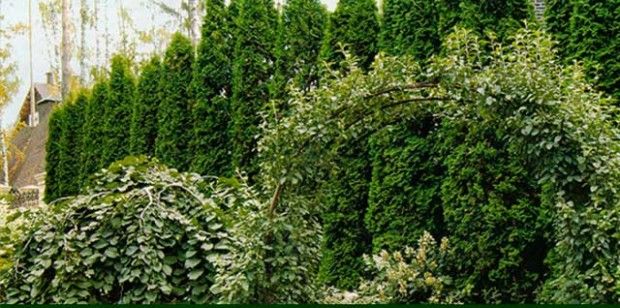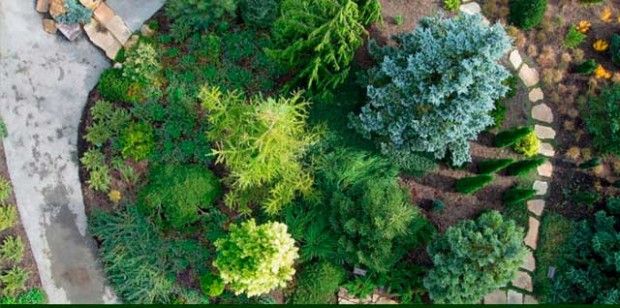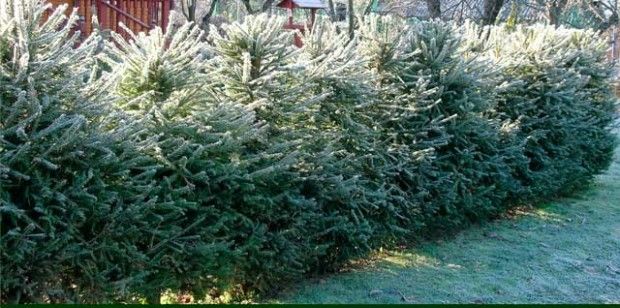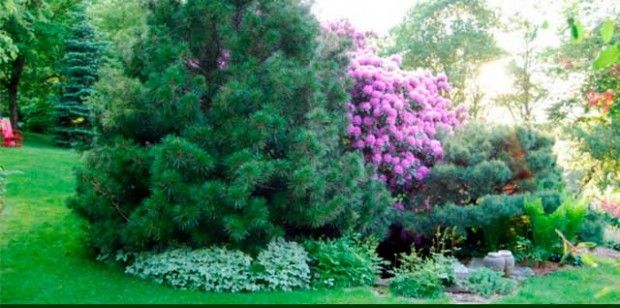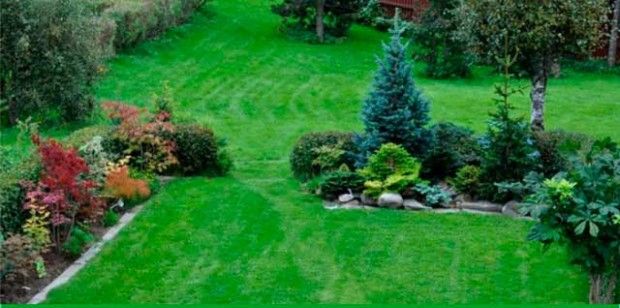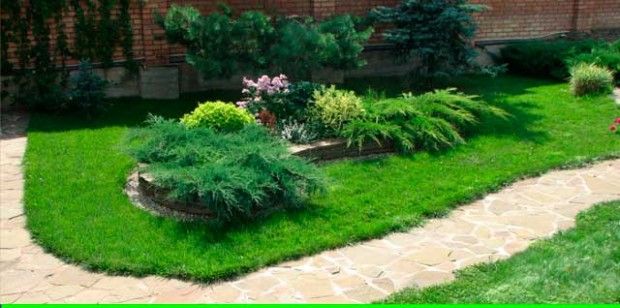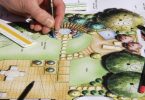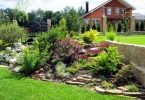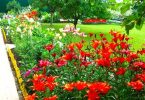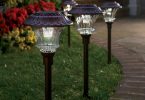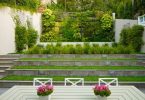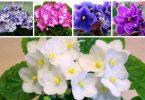Conifers will help to make even the smallest garden spectacular and very beautiful. They look great both individually and in composition. With the help of a coniferous tree or shrub, you can select a specific place on the site. Even a person who has not been engaged in landscape design before will be able to highlight.
In addition, conifers have an undeniable advantage – they look great all year round. This means that the garden will look attractive not only in summer, during the flowering period of deciduous trees, but also in winter, when the ground will be covered with a layer of snow..
To create a beautiful composition, you must familiarize yourself in advance with the properties of different conifers, their differences and characteristics..
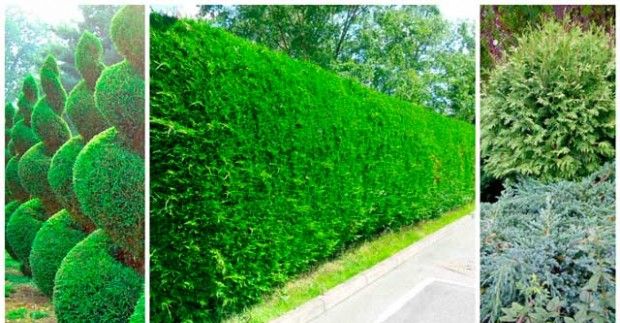
Conifers for the garden: variety names and descriptions of species
Not all types of conifers are suitable for decorating a site. Landscape designers have long identified specimens that not only take root well, but also create great combinations with other trees and shrubs. Each group has its own characteristics, advantages and disadvantages. It is worth noting that you can combine plants of different types..
Yew
The main representative of this species is yew. This is an evergreen plant can be as monoecious, and dioecious. Leaflets in all representatives of the species are needle-like. They are located asymmetrically or two-row.
All this family has about twenty representatives. Since plants are demanding on air humidity and soil composition, they usually grow in the Northern Hemisphere. The large root system allows them to get the right amount of the necessary substances, and the drained soil allows for active growth.
Yew will not grow in wetlands or on high acidity land. The best thing place them in the shaded area, where other plants will not be able to function normally due to lack of light. We recommend that you plant yew in places that are well protected from the wind. This arrangement will have a beneficial effect on the color of the plant..
Cypress
The difficulty of working with this group lies in the fact that all 12 types require special treatment and conditions. Among cypress meet as thermophilic, and frost-resistant plants. Most of the representatives of the family are trees, but there are also shrubs..
All evergreen cypress easily grown from seed. They do not require additional care. The spectacular appearance of the trees made them the favorites of landscape designers..
Planting plants with dark green needles is best in shaded areas where the sun will not burn out the crowns. But the yellow color signals landing in a sunny area.
Pine
Plants of this family are common in Asia and Europe, they are very common in the wild, but not always suitable for garden decoration. The reason is that such trees usually reach a height of 50 meters. Therefore, when choosing a plant, you must first clarify its estimated size. In a small area, pine in most cases will look ridiculous. And yet, you can pick up an instance that fits well into the composition..
It is worth considering the fact that representatives of this family powerful root system, which is actively growing. This means that a large space on the site must be allocated in advance for it, without forcing different plants to compete for access to vital resources..
The big plus of pine trees is that they are the same tolerate frost and heat well, do not require special care and pleases with their rich color of needles all year round.
Tall conifers for the garden
Such giants will look great on large areas, where you can appreciate their beauty without raising your head. Conifers are considered tall, the size of which exceeds 2 meters. They can become both the central part of the composition and the background for other plants..
In particular demand are:
- western thuja brabant,
- solid fir,
- European cedar pine,
- spruce prickly Hoopsii and others.
A small plot is not a reason to refuse a forest beauty. Thick needles at the bottom will form the basis of the composition. For example, the Scots pine Watereri, which reaches a height of 3 meters by the age of thirty, will look great in a small garden..
Conifers of medium height
It is impossible to imagine a beautiful composition without medium-sized conifers. They perfectly complement small flower beds, maintaining the attractive appearance of the flower bed in winter. They are usually planted along the path and near the front door, creating a symmetrical design of the site.
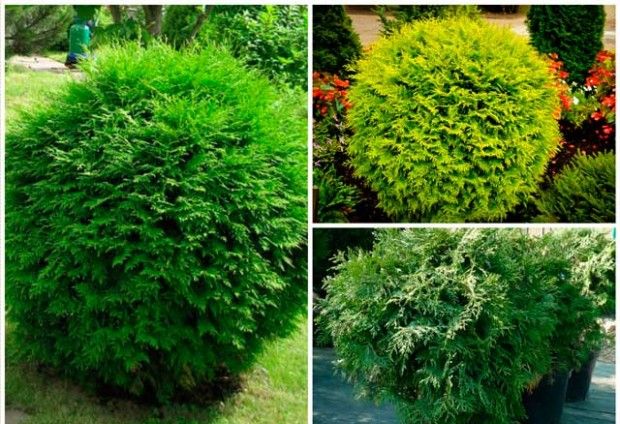
Among conifers of medium growth, the following are popular:
- globular thuja Globosa,
- golden yew,
- Konik spruce and others.
Dwarf conifers for the garden
First of all, it is worth clarifying that dwarf conifers are far from small in all cases. Everything in this world is relative, so a dwarf spruce can reach two meters in height. What are the wonders of selection? The original plant is over 50 meters.
But still, in most cases, dwarf plants do not move more than a meter from the ground. They look great in combination with stones and ornamental grasses..
It is worth highlighting separately:
- Spruce Lombers,
- mountain pine Hampi,
- Korean Fir Piccolo.
Rules for the composition of conifers in the garden
First of all, you need to remember that conifers can greatly increase in size. Growth takes a long time. But in order not to discover in 5-7 years that the composition merged into a continuous canvas, you need to take into account the estimated dimensions before planting.
You also need to understand which plants will grow strongly and which will remain small. Only in this case it is possible to avoid an unpleasant situation when noticeably grown specimens cover the entire composition..
The ideal backdrop for conifers is a lawn. But it must be well-groomed. The combination of trees and shrubs will go well with the bright green color of young grass..
Conifers can be freely formed into a single composition, including both dwarf trees and tall plants. They are not «merge» and will look spectacular thanks to the different sizes of needle leaves, as well as different shades of needles.
Mixborders
A complex composition that pleases the eye both in winter and in summer is a mixborder. Such a specific flower garden combines several types of plants at once, which bloom at different times. Conifers are included in the mixborder so that in winter it continues to attract attention and looks fresh and interesting. To create such a composition, designers recommend taking several plants of different heights. Conifers and tall shrubs are located at the very edge of the designated area, at the farthest from the point of view. After that, plants of medium height are planted, and the last level is creeping shrubs and dwarf conifers.
Hedge
Another common way to distribute conifers on a site is disembarkation along paths or along the perimeter of the garden. Moreover, such a fence can consist of several «layers». The trees are planted in a checkerboard pattern to leave room for a strong root system. But shrubs can form a solid line.
Features of caring for conifers for the garden
The unpretentiousness of conifers is their indisputable advantage, but still, even they need care. It is especially important to monitor young seedlings, from care in the first year «life» their further fate depends on the site.
It is worth remembering that each plant has its own special needs. So, for example, some trees need watering every two weeks, while others need watering once a month. Moreover, all seedlings must be watered at least once a week. After they take root, you can switch to the standard mode for this type.
Additional feeding desirable but not critical. Since conifers do not need to spend energy on the formation of foliage every year, nutrients are consumed more slowly. For feeding, it is best to use complex mineral fertilizers.
Not all conifers are frost-resistant, so some plants need to be covered for the winter. Also in the heat, you should monitor the condition of the needles, you may need protection from the sun.
Regular pruning of branches, shaping and getting rid of weeds and diseased plants is the key to a beautiful and prosperous garden.



